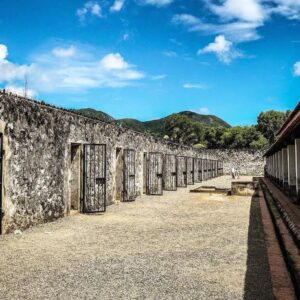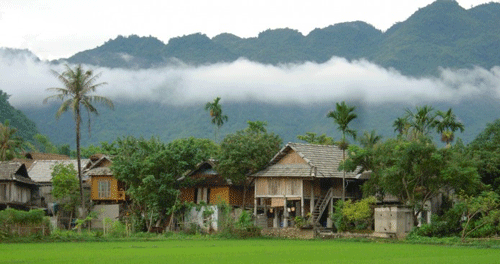Explore the dark yet fascinating history of Con Dao Prison in Vietnam, a former Vietnamese prison camp that now stands as a national heritage site, offering a profound look into the country’s turbulent past.
Forfaits touristiques recommandés :- Highlights of Vietnam Tour in 21 Days
- Highlights of Vietnam for Family Vacation in 15 days
- Unforgettable Honeymoon Vacation in Vietnam in 14 Days
An Overview of Con Dao Prison
The Con Dao Prison historical site is located in Con Dao district, Ba Ria – Vung Tau province. The prison was constructed by the French colonial authorities and the American imperialists in 1862. The most notorious area was the solitary confinement section, which was known as the “tiger cages” where inmates were subjected to horrific torture methods.
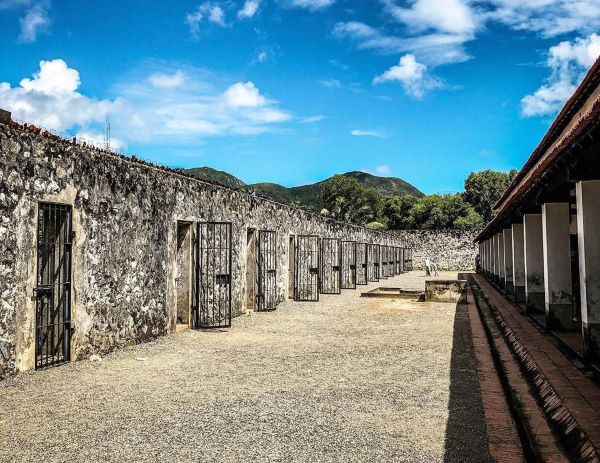
Con Dao Prison is an infamous prison complex located on Con Dao Island, Ba Ria – Vung Tau
In 1975, when our country was reunited, the Con Dao Prison was dismantled. Currently, the Con Dao Prison has been designated by the Prime Minister of Vietnam as one of the 23 especially national historical sites, along with 17 component sites.
When you visit here, you will witness the acts of torture that the prisoners had to endure. Sometimes, you may find it hard to believe that such inhumane actions were inflicted upon human beings.
When is the best time to visit Con Dao prison?
The best time to travel to Con Dao will be from December to April, this is the dry season, not raining, the air is cool so it will be very suitable to visit Con Dao prison in Vietnam. In addition, you can also go to Con Dao from March to September, at this time it will rain a little but the sea is calm, the wind is not strong in the East and Northeast island areas.
How to get to Con Dao prison?
Currently, tourists can travel to Con Dao in many ways such as by plane or by speedboat. As for high-speed boats, there will be many departure points to Con Dao such as Ho Chi Minh City, Vung Tau, Can Tho, Soc Trang,… ticket prices will range from $15-$38 USD depending on the departure point.
Con Dao prison is located in the center of Con Dao town, 1 km from Con Dao market. Visitors can come here by many means such as renting motorbikes, bicycles, electric cars,… If you travel by taxi, it only takes about 4 minutes from Con Dao market to Con Dao prison.
The History of Con Dao Prison
The Con Dao Prison, infamously known as the “Hell on Earth,” was a place of torture and imprisonment for political prisoners during the resistance against French colonialism and American imperialism.
Built just 4 months after the French occupation of Vietnam, the Con Dao Prison was built to incarcerate and torture political prisoners. It was even recognized as the most brutal prison in Indochina at the time.
Within less than half a year of its completion, the prison already held 50 initial prisoners. However, this number continued to grow. By July 1867, the prison held over 600 inmates. During the first 50 years, the number of prisoners detained there was around 1,000.
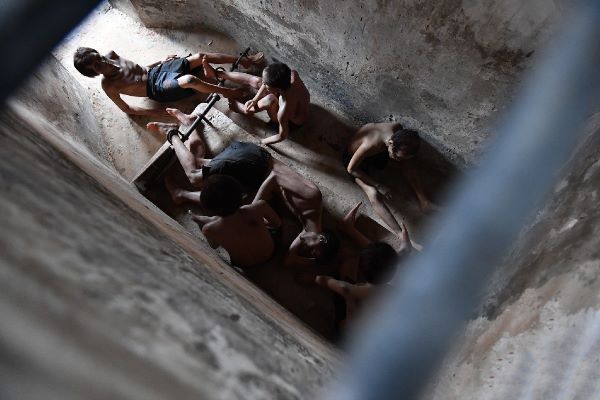
The truth about Con Dao Prison
After the success of the August Revolution in 1945, political prisoners at Con Dao Prison staged an uprising, took control, and returned to the mainland to continue the resistance. However, when the French reoccupied Con Dao in 1946, they continued to imprison over 300 people there, 56 prisoners were killed on the afternoon of May 27, 1946.
When the French withdrew, the Con Dao Prison fell under the Saigon regime’s control. They jailed nearly 10,000 people and utilized a range of severe torture methods in the period 1970-1972.
On May 1, 1975, the political prisoners there liberated Con Dao. Since then, this prison was officially closed and restored into a sightseeing area for everyone to visit.
The System of Con Dao Prison.
Tiger Cage
At the heart of the Con Dao Prison’s infamy was the French-made tiger cage. These enclosures, measuring just 2 meters by 1 meter, lacked sunlight, food, and sanitation. Shackled in painful positions for hours on end, they were denied the ability to stand, stretch, or even lie down comfortably.
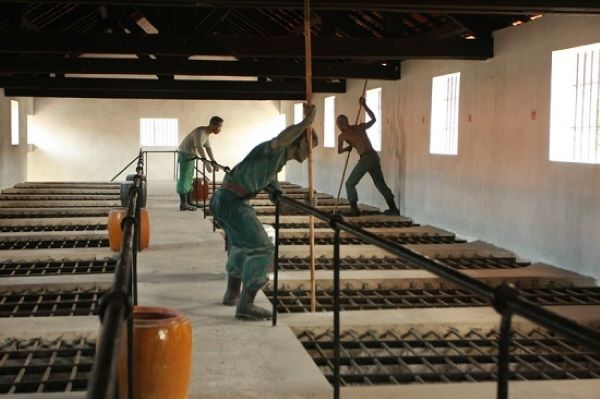
The Tiger Cages is the most famous site in Con Dao Island Prison
The conditions within the tiger cages were inhumane. Prisoners were forced to defecate and urinate in their cramped cells, with the waste accumulating around them. Torture was a daily occurrence, with guards subjecting the prisoners to beatings, electric shocks, and other forms of physical and mental anguish.
Phu Hai Camp
Situated on the barren, windswept shores of the island, the Phu Hai Camp was a desolate and unforgiving place, where prisoners were subjected to harsher conditions than those found in the main prison.
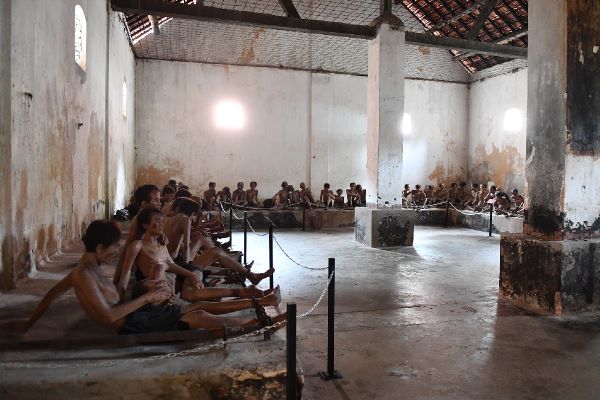
Con Dao Prison-Phu Hai Camp
The prisoners at Phu Hai were constantly under the watchful gaze of their captors. Malnutrition, disease, and violence were rampant, with many inmates succumbing to the relentless hardships of daily life. The Phu Hai Camp was a place of profound suffering, where the prisoners’ humanity was stripped away, leaving them as mere shadows of their former selves.
Phu Binh Camp
The Phu Binh Camp, a notorious site within the prison complex, was directly overseen by American military personnel, who introduced new levels of brutality to the already horrific conditions.
Under the watchful eye of their American captors, the prisoners at Phu Binh were subjected to horrific forms of torture, including waterboarding, electric shocks, and prolonged solitary confinement. The US military’s involvement in the prison’s operations only served to compound the suffering of those incarcerated, as they faced an even greater threat of violence and cruelty.
Cow Shed
Another infamous site within the Con Dao Prison was the Cow Shed, a dark and cramped holding cell where prisoners were forced to endure unbearable conditions. Overcrowded and devoid of basic amenities, the Cow Shed was a place of profound suffering, where the prisoners’ humanity was stripped away.
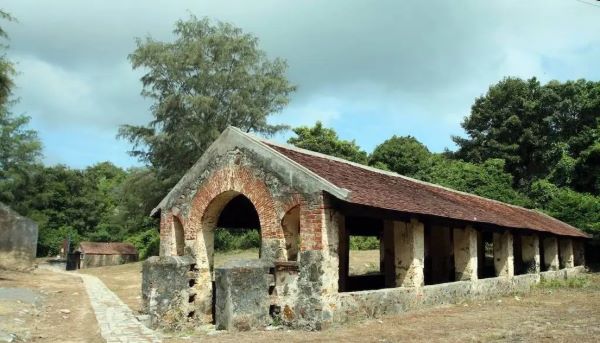
Con Dao Prison Cow Shed
They tortured prisoners by beating them with wooden sticks, splinting two bamboo sticks on their legs, starving and thirsting for long periods of time.
The horrifying truth is that they also used a 3 meter deep cow dung for torture. Using the underground sewer system from the shed and immersing prisoners in it. When liberating Con Dao in 1975, a cry for help rang out from the Cow Shed. The people immediately rescued them but could not survive because they were eaten to the bone by maggots.
Chua Dao Palace (The Governor’s Palace)
Con Dao Governor’s Palace is a historical landmark near Con Dao Prison. This palace has a total area of 18,600 square meters. The area was once the residence and workplace for 53 generations of governors, or “Island Lords,” during the operation of Con Dao Prison. Visiting here, you will admire the luxurious lifestyle of foreign governors contrasting to the horrors unfolding just outside its walls.
Hang Duong Cemetery
Hang Duong Cemetery is the final resting place for those who perished within the prison. This ground witnessed the suffering and sacrifices that defined the fight for Vietnamese independence.
This site holds great significance for many Vietnamese people, war veterans, and former prisoners who visit the island to pay their respects to the fallen. Although many of the graves are unmarked, some are numbered and notable, such as those of Le Hong Phong, Nguyen An Ninh, and Vo Thi Sau.
Practical Tips for Visitors
- Ticket Price: around $2 USD per person
- Opening hours: Morning from 7 am to 11 am; afternoon from 1:30 pm to 5:30 pm. Please pay attention to the time so you don’t miss the time to visit Con Dao prison.
- Dress modestly and respectfully. Avoid wearing attire that might be seen as disrespectful.
- Avoid touching any exhibited artifacts or associated items.
- You should bring snacks and drinks. Remember to put trash in the right place.
- Minimize noise to respect other visitors.
The Con Dao Prison stands as a grim reminder of the dark legacy of colonial in Vietnam. By exploring the notorious sites that made up this “hell on earth,” we can better understand the profound sacrifices and horrors that were endured in the pursuit of a more just and equitable future.

